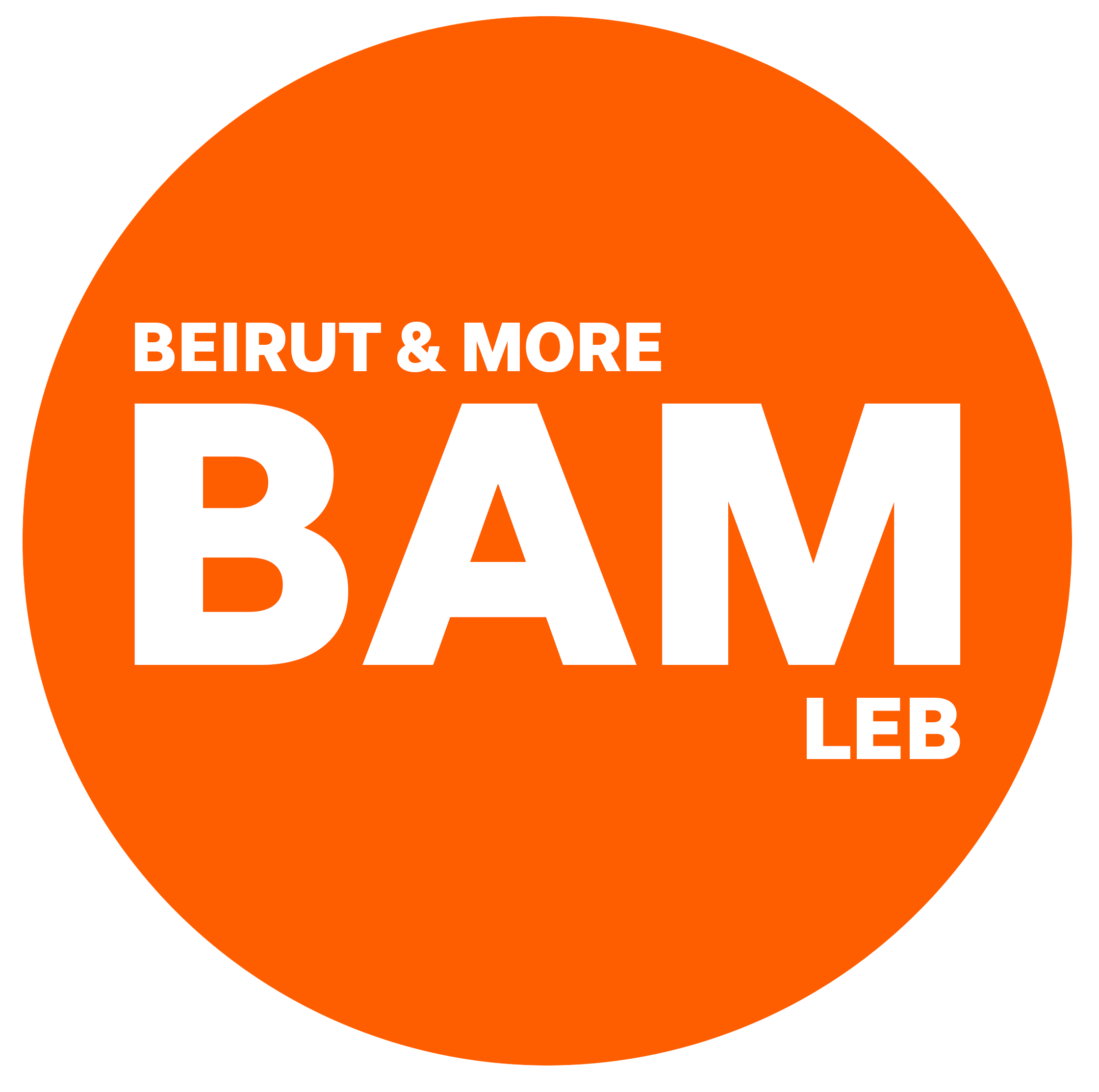- HERITAGE & HISTORY
- RELIGIOUS TOURISM
- archaeological museum
Nejmeh Square, Beirut district
St. George's Orthodox Cathedral is one of the high places of Beirut's spiritual life. In the 5th century, Beirut became a bishopric of the Church of Constantinople: the Church of the Resurrection was built to serve as a diocese for Metropolitan Quartus. A century later, an earthquake destroyed this first building. It was not until the 12th century that the Church of the Resurrection was built again. Sacred place, the Seingneur champenois of Anglure said in 1395, after a pilgrimage in the Holy Land, that "In the city of Baruth is the Church of Monseigneur Saint Georges... still in the dictated Church Saint-Georges, is the fountain of Monseigneur Saint Georges, which he made of his spear of which he killed the snake. This fountain is very good and is drunk by devotion ". But, in 1759, the church was destroyed again after an earthquake. It was gradually rebuilt in the 18th and 19th centuries and the metropolitans of Beirut decided to formally dedicate it to its patron saint, George of Lydda, Christian martyr and patron saint of European chivalry.
The last architectural modifications and enlargement of the structure date from 1910. During the Civil War, the church was vandalized and most of the icons and iconostasis disappeared during the looting or in the flames that set the cathedral ablaze. At the end of the conflict, during the restoration work, a crypt was discovered which revealed many vestiges of this tumultuous history. Inaugurated on January 3rd, 2011, this crypt is a journey through time. Located in the basement of the church, it was cleared during excavations from 1994 to 1995. In total, 316sqm have been explored, a quarter of the church's footprint.
Brand new, the museum is perfectly maintained and is very interesting. One can fly over the eras thanks to footbridges that overlook the remains. Explanatory panels are very useful and clear. A 9-minute film allows to understand the architectural evolution of the church and the evolution of the altars. The crypt gathers six periods whose vestiges are superimposed. One can observe the objects of the excavations and the ruins: Mamluk tomb, Byzantine mosaic, Ottoman canalisation, traces of the medieval church. After your visit, you can take a welcome break in the Garden of Pardon, south of the cathedral, with its fragrant orange trees and laurels, and from where the view of the Al Amine mosque is superb.
-
Opening hours
Tuesday-Sunday 10am-6pm

